Into the Forest
In every walk with nature, one receives far more than he seeks.
- John Muir -
Nature has numerous health benefits and has been prescribed to relax and reduce stress,
aptly called by some as a “Nature Pill”. Thus, it is important to have access to nature,
but there can be restricting factors such as distance or mobility impairments.
Virtual nature is a substitute that provides these benefits, and we created a
multisensory virtual forest environment that incorporates the best environmental designs to
maximise relaxation.
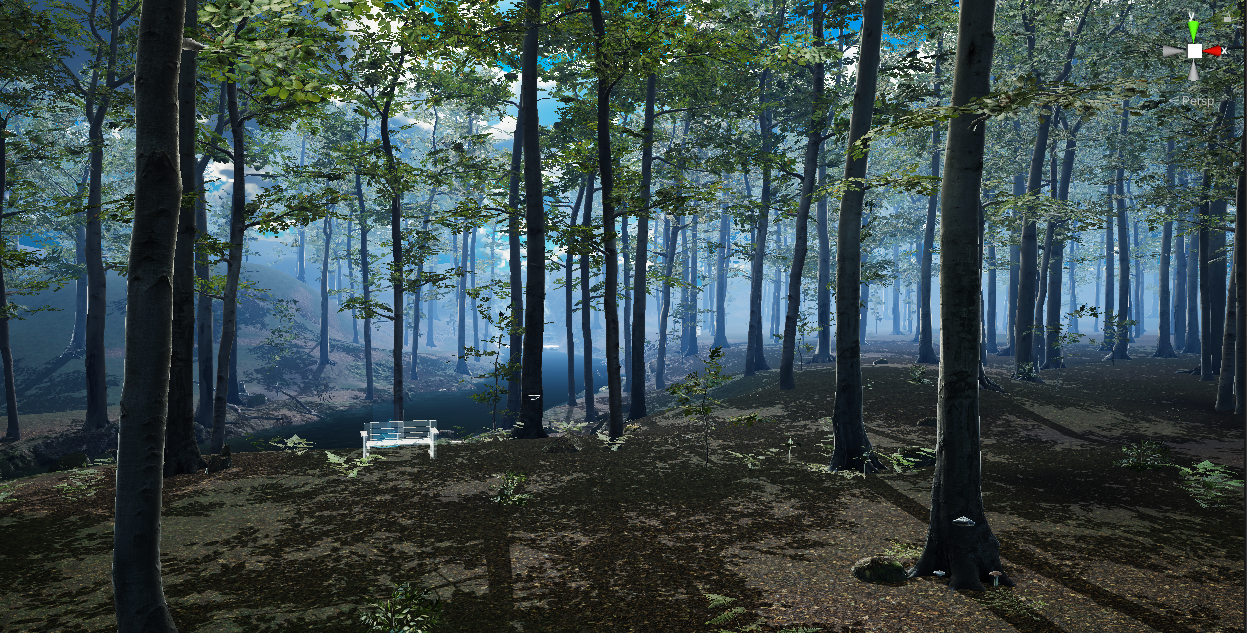
Goals
Find the best design to incorporate the 4 senses of sight, hearing, smell, and touch (using
physical props)
Create a virtual environment with realistic elements that maximise relaxation
Find the best locomotion technique that maximises immersion and minimizes cyber sickness
Efficiency: have good frame rates and low latency
 To create a realistic environment, we incorporated a waterfall, river, terrain height variations,
trees and plants,
debris, an interactable bench and branch, sky with clouds, sun, natural lighting, fog, and wind.
To create a realistic environment, we incorporated a waterfall, river, terrain height variations,
trees and plants,
debris, an interactable bench and branch, sky with clouds, sun, natural lighting, fog, and wind.
Read More

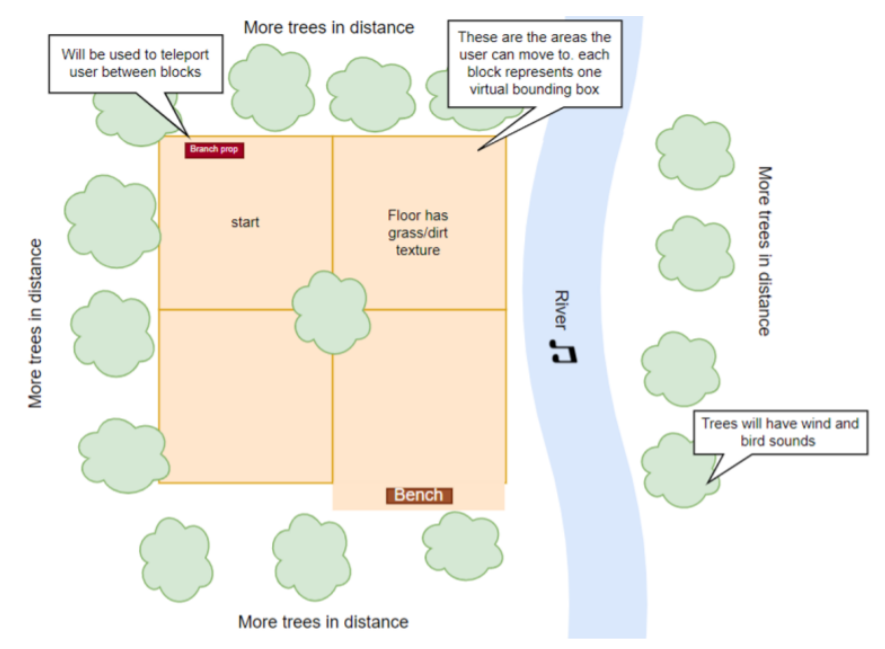
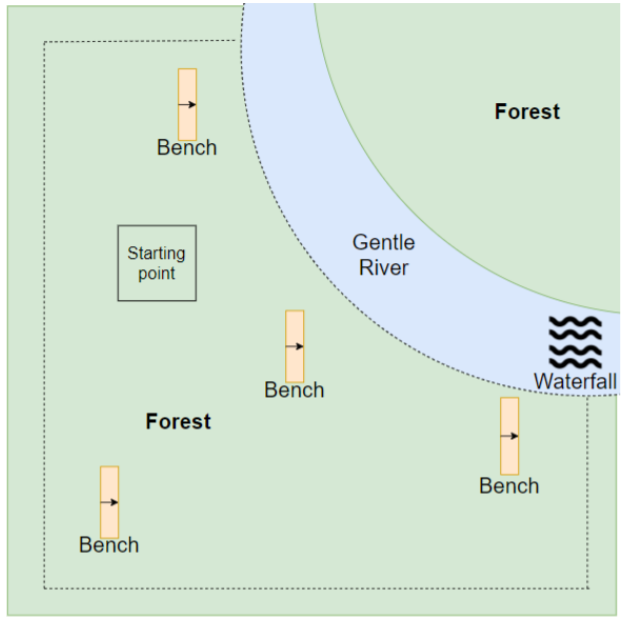
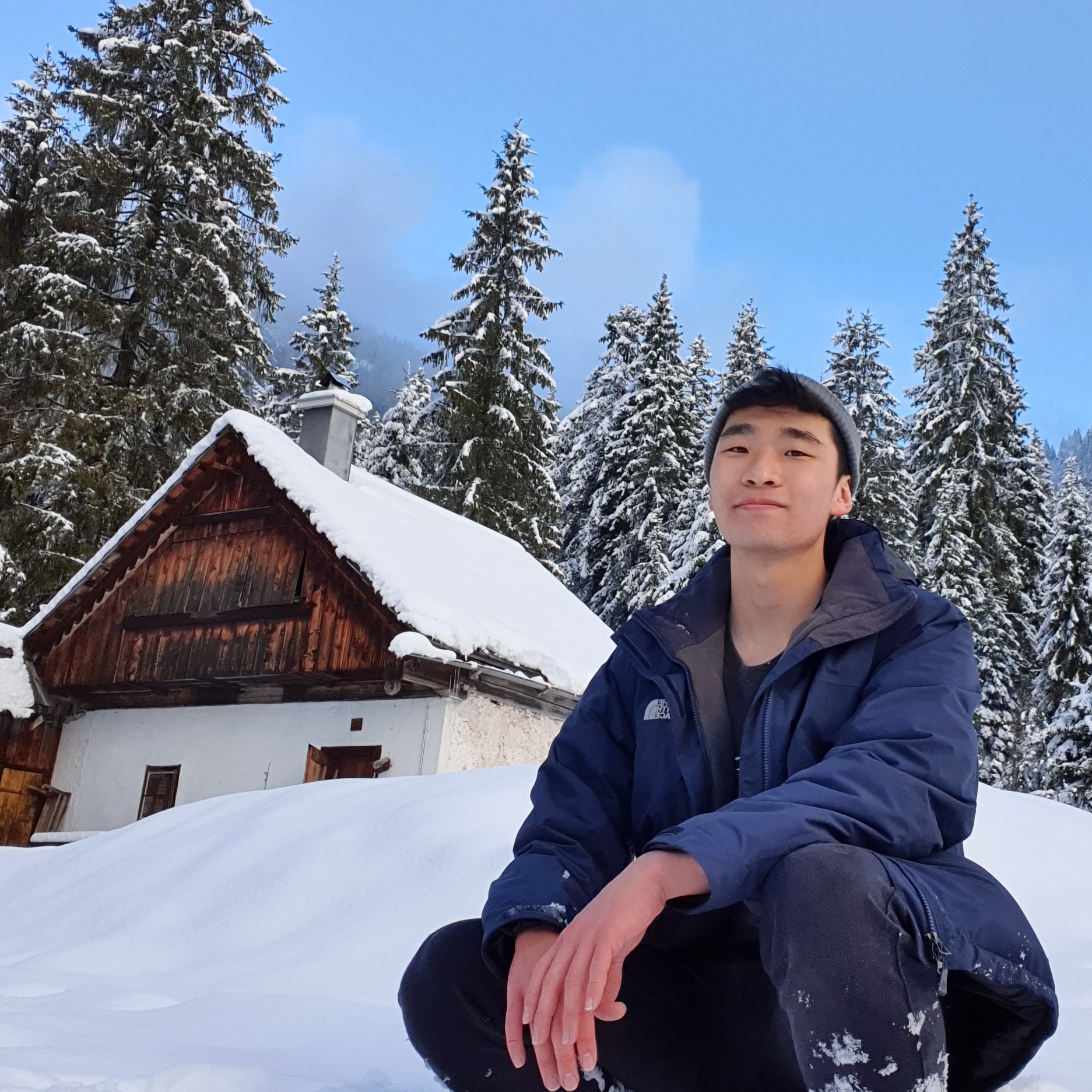 Soo Kyung Ahn
Soo Kyung Ahn 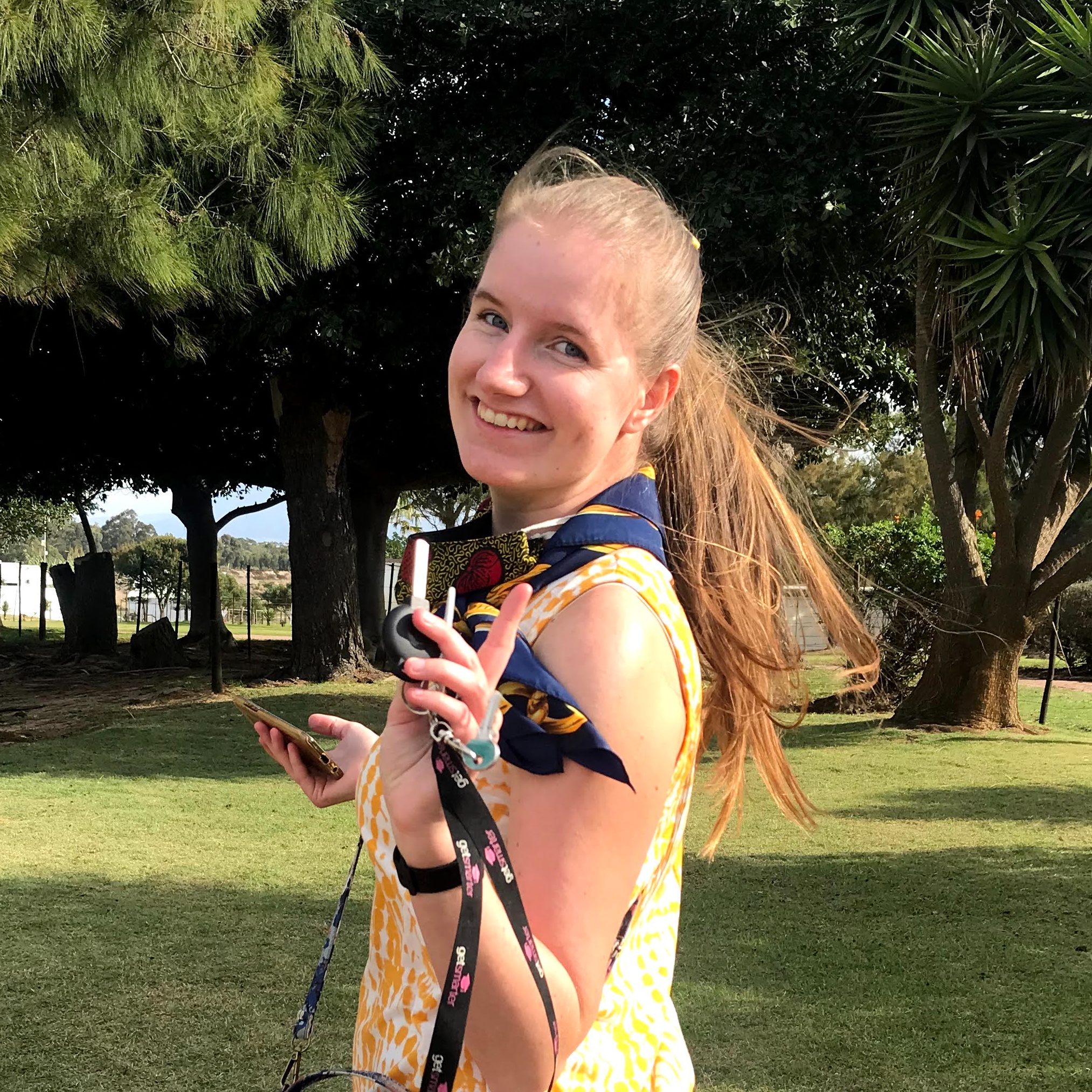 Lynn Weyn
Lynn Weyn 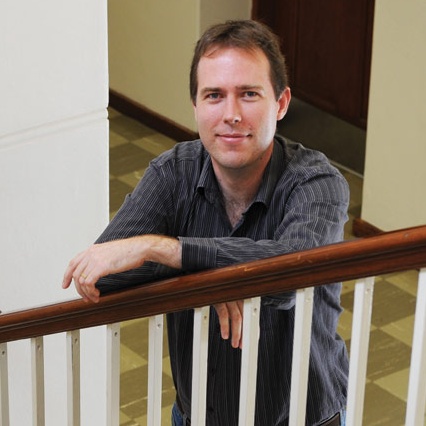 James Gain
James Gain 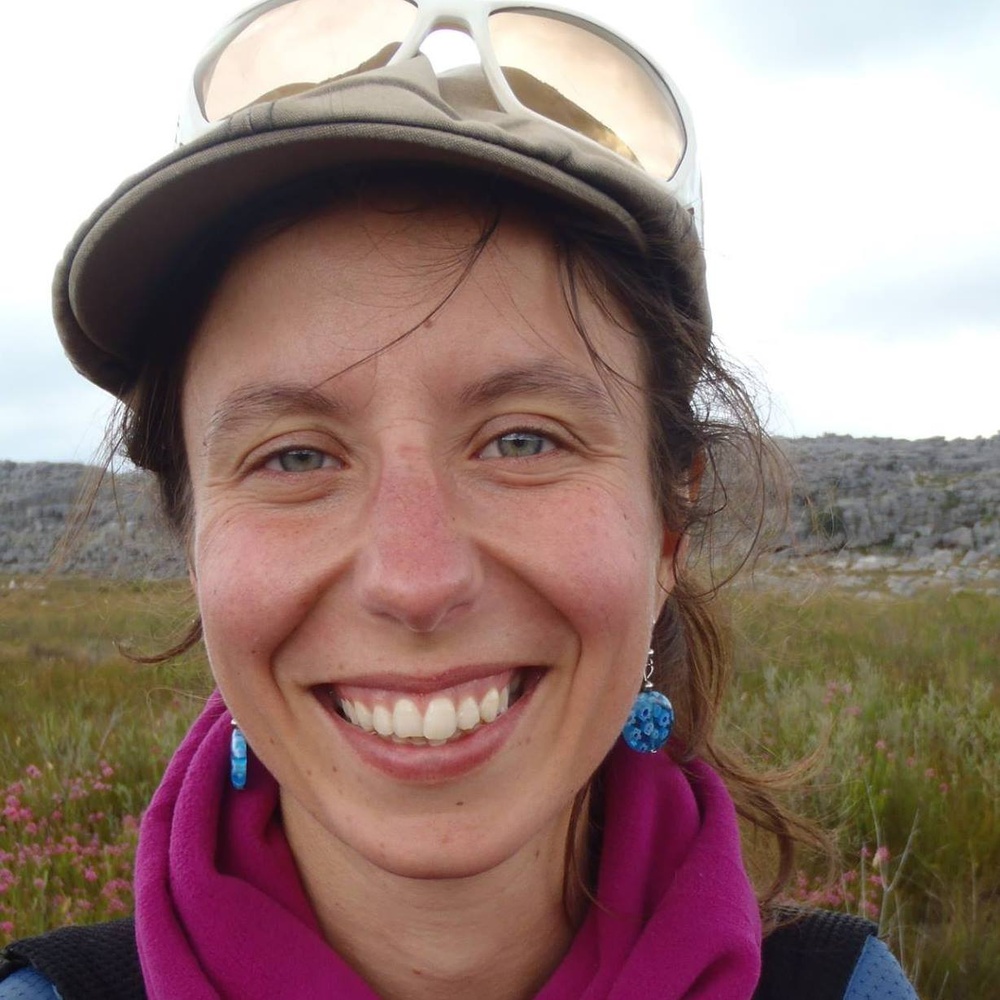 Gosia Lipinska
Gosia Lipinska